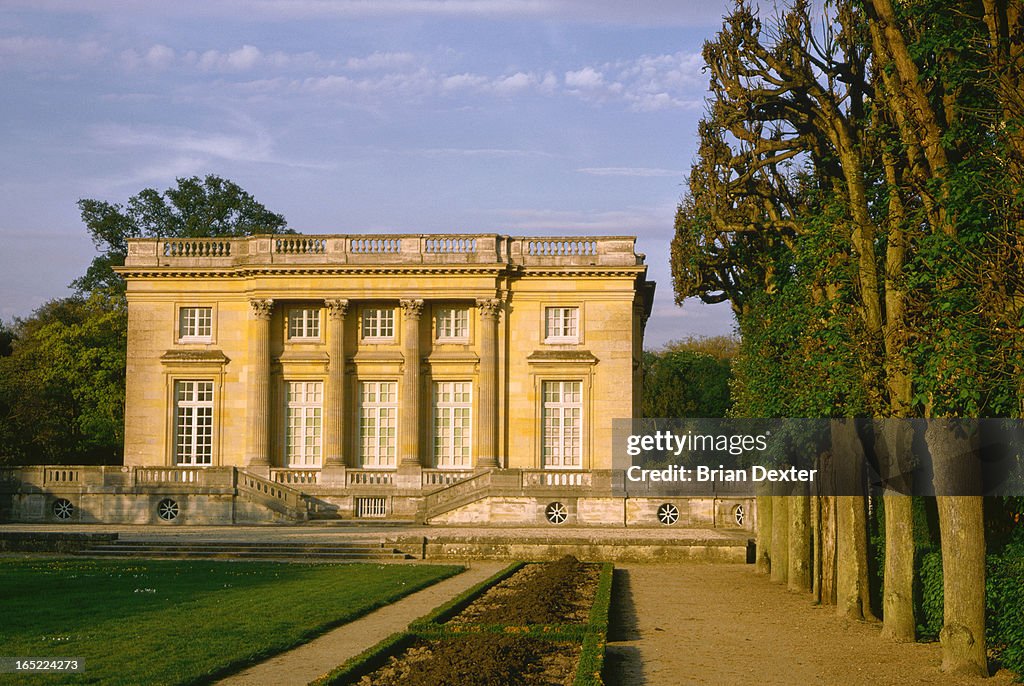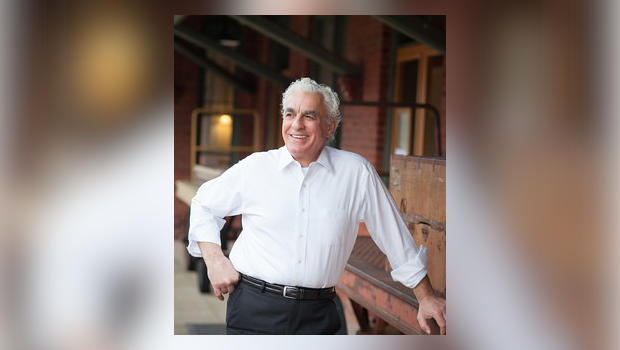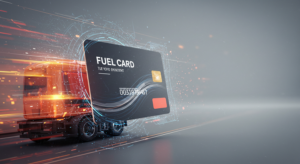Notice: WP_Theme_JSON_Resolver::get_user_data(): Error when decoding a theme.json schema for user data. Syntax error in /home/rushprnewscom-328/public_html/prod/wp-includes/functions.php on line 6121
Talented, versatile engineers are the lifeblood of any manufacturing organization. Design engineers, electrical engineers, and mechanical engineers are involved in the design and fabrication of diverse types of equipment. When necessary, these resourceful professionals troubleshoot problems and keep machinery running smoothly. In addition, engineers initiate upgrades to existing equipment with the goal of improving its efficiency and function. In the North American transportation industry, railcar company owner Greg Aziz has prioritized engineering in multiple phases of business operations.
Entrepreneur Greg Aziz believes that including engineers on a marketing team enables a better understanding of prospect and customer needs. This approach has set the stage for successful marketing efforts and subsequent customer orders.
“Right from the get-go, we emphasized engineering in order to differentiate ourselves from our competitors,” Aziz explains. “We believe that we’re the leading railcar manufacturer in the world from an engineering standpoint.
“We’re not the biggest railcar manufacturer, but all of our designs are cutting-edge designs. Our engineering department is superior, we believe, to our competitors. We’ve used our position in order to basically maintain ourselves as the top-tier manufacturer.”

Greg Aziz Navigates the Path to Company Ownership
Greg Aziz is the president, CEO, and chairman of National Steel Car. Headquartered in Hamilton, Ontario, Canada, the railcar manufacturing firm is known for its strong engineering focus and custom car designs. The company’s devotion to product excellence has helped it become a global leader in the highly competitive railcar industry.
Aziz brought a well-rounded business background to his ownership role. First, he earned an economics degree at the University of Western Ontario. In 1971, he entered his family’s wholesale food company, Affiliated Foods, and worked there for over a decade distributing fresh foods throughout the United States and Canada’s eastern region. During his tenure, he learned about the logistics of North American distribution channels.
Next, Greg Aziz developed his financial acumen by spending time in the New York investment banking industry. Equipped with this knowledge and financial resources, he purchased his railcar company in 1994.

A Strong Engineering Focus From the Start
When Greg Aziz acquired his railcar company, the business had the equipment and resources to build 3,500 cars annually. By 1999, the firm had tooled up to manufacture 12,000 cars per year. Besides substantial capital investment, this dramatic production capacity increase stemmed largely from Aziz’s laser focus on engineering.
To Greg Aziz, becoming a railcar industry leader is essentially a numbers game. With a predetermined growth goal in mind, he began increasing the company’s engineering workforce. With more skilled engineers on staff, the business could design and build more high-quality railcars for its customers.
Like most successful business owners, Greg Aziz keeps a watchful eye on economic and industry trends. When necessary, he reduces expenses to keep the company competitive. However, the engineering department is the notable exception to this rule.
Recognizing that more engineers drive more growth, Aziz says the engineering department always has the green light to hire. “The engineering department, no matter how good or how bad the economy is, is the only portion of this company that’s allowed to hire continuously,” he emphasizes.
“I tell them, ‘It’s like the hot light at that doughnut place, the hot light’s on.’ I tell them the employment light is on all the time for engineering. You can hire people. They go after gold medalists from all the universities in Canada to hire. They’re allowed to hire four or five, six people every year.”
For perspective, Greg Aziz details the number of engineers involved in some aspect of company operations. “Between engineers and people who are coming up the curve from an operating standpoint, from the engineering department, it’s probably about 70 people all-in. I mean, we’ve got engineers in our jigs and fixture department who aren’t actually in our engineering department. [But] they build the fixtures that we use to build the equipment. We have a pretty robust engineering staff,” he concludes.
In contrast, some of the firm’s competitors have minimal (or zero) engineering capabilities. “Some of our competitors have little or no engineering at all. They use outside engineering firms to design things for them. [But] they don’t maintain that burden from an operating standpoint 365 days a year like we do,” says Aziz.

Greg Aziz’s Engineering Focus Drives 350-Plus Patented Designs
In a company overflowing with engineering talent, it’s not surprising that Aziz’s firm has produced many innovative railcar designs. A more extensive design portfolio provides more customer options, which in turn encourages business growth. For perspective, the business has patented over 350 railcar designs to date.
However, Aziz notes that obtaining these patents wasn’t a simple process. In fact, he bucked a longtime industry trend when he began to patent the engineers’ railcar designs.
“We patented all of our design innovations,” he shares. “We were the first railcar builder in North America to do this. It wasn’t done in the industry when I came in. The reason we did that was because I started to notice that our competitors were copying our designs. My question was, ‘Why are we not patenting these applications?’
“The answer I was given was, ‘The industry will not tolerate a railcar builder patenting its designs. It’s just not done in the industry.’ We went and did that anyway. It worked out very well for us. We continue to do that,” he says.
In any industry, cultivating (and keeping) satisfied customers is key to business growth. In the competitive railcar industry, Aziz’s company has become known for delivering customized designs tailored to each buyer’s needs.
Most of Greg Aziz’s competitors offer customers a choice of basic models that may (or may not) meet their needs. Some of these firms have merged with other companies, thus fading into anonymity.
“I know [of] the case of a couple of the companies who are no longer in business — not because they went out of business, but they’ve just disappeared through mergers,” he explains. “They had their basic designs on certain types of cars — ‘You can have this car or this car’ — whereas we will engineer to suit the customer. We basically start with a basic design and customize it to our customers’ needs.”

Engineering’s Key Role in Marketing
Marketing big-ticket products can be a complex and lengthy process. First, many vendors are vying for the business of a finite customer base. Aziz says compared to most major industries, the North American railcar sector has a relatively small prospect pool.
“If you look at a traditional big business in the United States, they generally have thousands or hundreds of thousands of customers,” he says. “And in our case, there probably wouldn’t be more than, what, 200 customers. Two hundred customers to shoot at in all of North America of varying sizes.
“So the customer count is quite small, and that’s a double-edged sword. Because once these customers go and commit to, say, one of our competitors, I mean, that customer’s out of the mix maybe for a year, maybe for two years,” he says.
Aziz describes how his firm markets to a customer base extending throughout North America. “We have a robust marketing group that is in locations all over North America, out on the West Coast.
“We have quite a few people in Texas. We have people in the eastern part of the United States. Some people around Chicago, and some people here in Canada, both out on the western part of our country and here operating from our head office.
“We’re able to maintain this with, I think we’re going up to about 16 people all-in … So we have a marketing group that probably is composed of 20 people all-in, including support staff. We’re able to maintain close relationships with people who make the decisions on behalf of the industrial customer or the railroad. And that includes me. We come at this from all angles, from the C-suite to the finance side of things.”
Greg Aziz: A Customer-First Approach Often Makes the Difference
Viewing a prospect’s operations firsthand is the best way to identify areas that could benefit from improvement. In Aziz’s company, marketing team members frequently travel to prospects’ facilities.
Solutions-focused team members, including engineers, can easily identify how the company’s custom railcar designs can meet a prospect’s needs. The firm’s competitors rarely take this approach, instead offering a limited number of car designs.
Greg Aziz demonstrates how this customer-focused approach got his company a much-coveted contract. “There was a customer a few years ago [who] came out and wanted roughly 3,500 railcars. Our two main competitors both sent in a sales guy to meet with them.
“I think we put three of our marketing people and about three engineers, and a couple of our manufacturing engineers from our manufacturing operations, on a plane. [Our team] flew in to this customer and sat down about eight or 10 people in front of them.
“We got that contract, and that contract was worth about $350,000,000. And that’s something that takes a couple years to build out. I think we got caught in the middle of the COVID thing and all that. So, we had to back off on our ability to manufacture that order. But that order took three-and-a-half years or so to build out. But it was a nice base for our manufacturing operation through that time period,” Aziz summarizes.
With years of success under his belt, Greg Aziz says going the extra mile for each customer makes the difference. “By paying attention to our customers’ needs, that’s what’s enabled us to steer the company into new types of railroad equipment … It steers us to cutting-edge engineering and the ability to produce new car designs that are lighter and shorter … and that’s what’s important,” he concludes.





